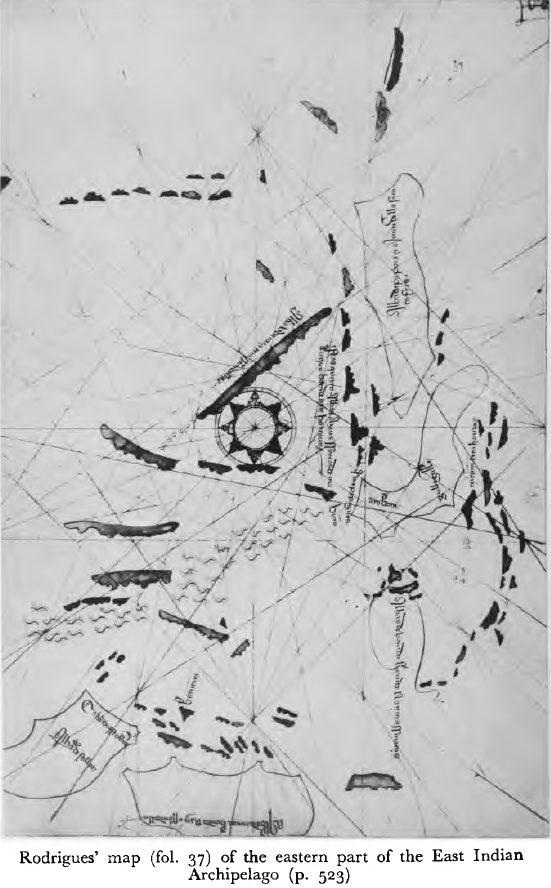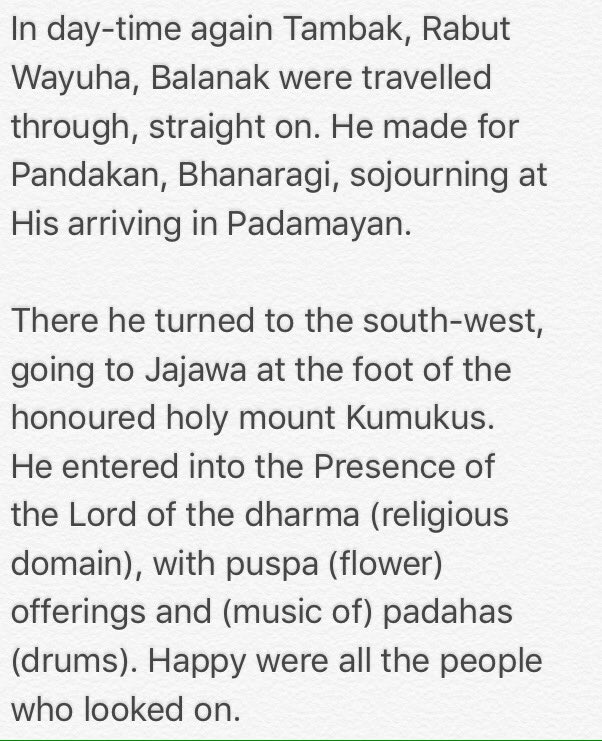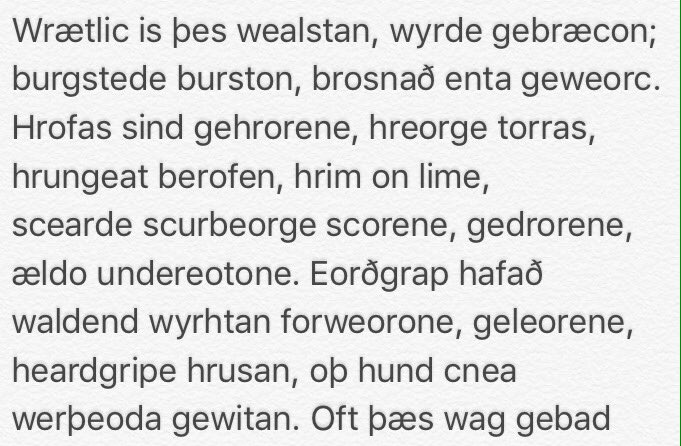People of the Indo-Malay archipelago made maps of land and sea at least as far back as the 13th c. Unlike medieval European maps, none of these early indigenous maps survived, but we know they existed because foreigners wrote about them and probably copied them 

The Yuan official history mentions that in 1293, the defeated Yuan army brought back from Java "a map and census register" (地圖戶籍) of the country. I'm not sure if it says that these were given by the Javanese king himself, but historians infer so chinesenotes.com/yuanshi/yuansh…
There are no explicit mentions of maps in 14th c. indigenous sources, but the Deśavarṇana indicates that the Majapahit court actively surveyed the countryside. The court used charters and other written documents to produce what seem to be censuses:
"The prince of Wəngker sent out missions to check the districts and to describe them all, the prince of Siṁhasāri sent out missions to check the size of the clustered settlements and all their property" (Deśavarṇana 79.2) 

These bureaucratic "descriptions of districts" may have been written texts like the Deśavarṇana itself, but it's possible that they were supplemented by visual aids. Certainly the Javanese were obsessed with geography, as journey tropes are found throughout their literature
When the Portuguese forced themselves into the archipelago, they eagerly sought local maps. In 1512 the conquistador Alfonso de Albuquerque bragged to his king Manuel I of an extraordinary Javanese map that he said included even Portugal and Brazil: scielo.br/pdf/hcsm/v2n3/… 



If the Javanese map lost in the Frol de la Mar wreck had survived (and if Albuquerque's description was accurate), it would probably be world-famous today. It goes to show how the near-total loss of indigenous sources has seriously impoverished our knowledge of its history
Since the original is lost, there's controversy over whether the map's depiction of the western hemisphere reflects Javanese knowledge or Portuguese influence. But I think the Javanese could easily have incorporated European cartographic knowledge into their own maps by this time
Francisco Rodrigues was a cartographer attached to the 1512 Portuguese expedition to Maluku led by Antonio de Abreu. He drew a series of maps, either drawing on or directly copying from indigenous maps, which he collected in his own handwritten book jstor.org/stable/27864629
Rodrigues' book contains a copy of the very important Suma Oriental by Tome Pires (written ca. 1513), who also made use of non-European maps. In his report on south Maluku, he is ambivalent about the accuracy of maps made by the "Moors" (i.e. by Muslims, either local or foreign) 



• • •
Missing some Tweet in this thread? You can try to
force a refresh


















